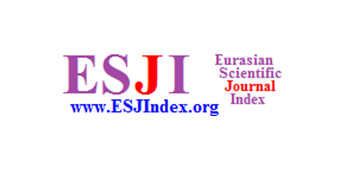

GRAPH COLORING AND RELATED APPLICATIONS: THEORETICAL FOUNDATIONS, ALGORITHMS, AND PRACTICAL IMPLEMENTATIONS
160 Downloads
343 Views
Keywords
Graph coloring,
graph theory,
algorithms,
heuristic methods,
network optimization,
resource allocation,
frequency assignment,
register allocation,
social network analysis,
machine learning,
hybrid algorithms,
dynamic environments
Abstract
Regarding scheduling, optimizing networks, and allocating resources, graph coloring—a fundamental notion in graph theory—is a game-changer. A thorough examination of graph coloring's theoretical underpinnings, methods, and real-world applications is provided in this work. This research provides a comprehensive overview of the area by examining ancient and new methodologies, such as greedy algorithms, backtracking methods, and heuristic-based strategies. In addition, the report assesses the efficacy of each method in various contexts and explores its respective limitations and intricacies. Graph coloring has several potential uses, including but not limited to assigning frequencies in wireless networks, allocating registers in compilers, analyzing social networks, and solving scheduling challenges. Hybrid algorithms and machine learning methods are two of the possible future possibilities suggested by the article, which also identifies present issues, including managing large-scale graphs and dynamic situations. Researchers and practitioners interested in improving efficiency and optimizing resource management using sophisticated graph coloring methods will find this detailed overview beneficial.
Published
March 30, 2023
Issue
VOLUME: 2 | ISSUE:1 - 2023
Licensing

This work is licensed under a Creative Commons Attribution Non-Commercial 4.0 International License.


This work is licensed under a Creative Commons Attribution Non-Commercial 4.0 International License.
Copyright © Copyright@Int. J. Appl. Engg. Res. Trans.















